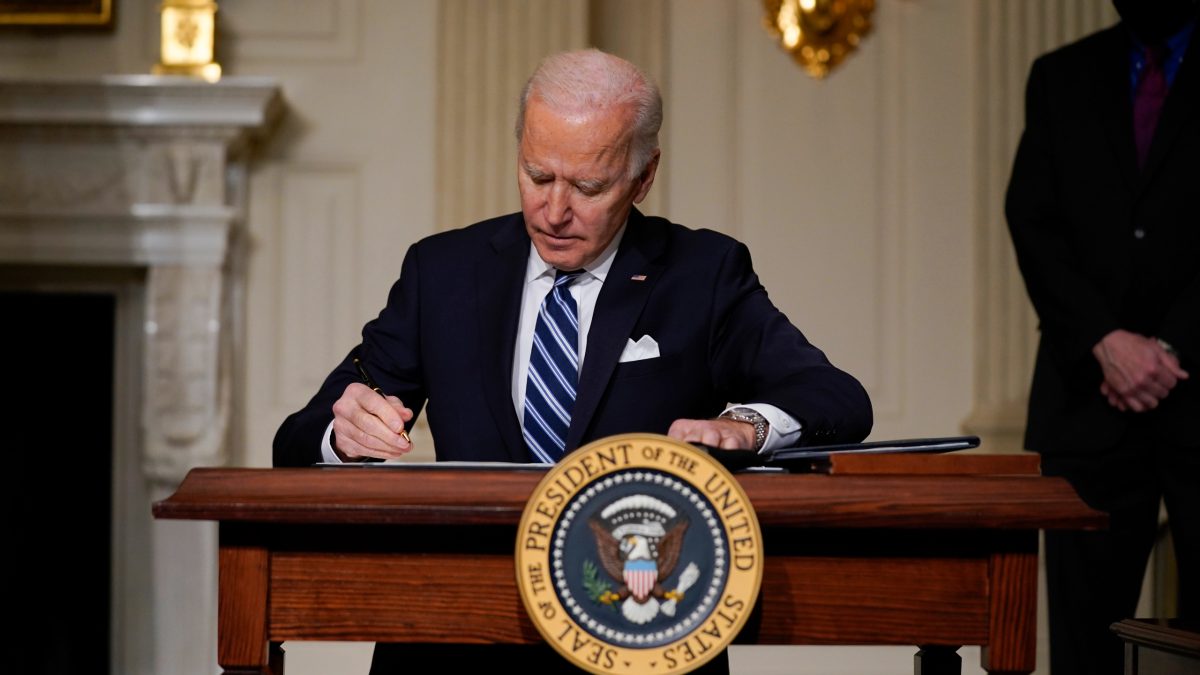On February 9, 2017, Congressman Jerrold Nadler introduced a Resolution of Inquiry concerning the conflicts of interest and/or ethical violations that may be present in President Donald Trump and his administration.
The resolution directs the Attorney General, Jeff Sessions, to provide to the House of Representatives “copies of any document, record, memo, correspondence, or other communication of the Department of Justice” that pertains to a number of conflict of interest issues, from “counterintelligence investigations” to potential violations of the Ethics in Government Act of 1978. If a decision is not made on the resolution within fourteen days from its introduction, then it is possible that it will be brought to the floor of the House of Representatives for a vote. This can be seen as the first step in a chain of tasks that would lead to an impeachment process – if the resolution passes and the Justice Department furnishes information that prove President Trump has been in violation of the law, then that would open the floor to grounds for impeachment.
This begs the question: what exactly is impeachment? Even though hashtags and websites and petitions have started popping up with the purpose of impeaching President Trump, the initiation of such a process involves many factors that many are unfamiliar with. Impeachment does not mean removal from office; two presidents have been successfully impeached for offenses committed during the presidency (Andrew Johnson and Bill Clinton), though no president has been removed his position in the history of the United States. Let’s break down the steps of impeachment, from beginning to end:
1. Individual members of the house (such as Congressman Nadler) may present charges against a federal official (including the President), and the Judiciary Committee has the final decision on pursuing the articles identified against the federal official in question. These charges can be for “treason, bribery, or high Crimes and Misdemeanors,” according to the Constitution. In past Presidential impeachments, these crimes included perjury (in the case of Bill Clinton), and violation of the Tenure of Office Act (in the case of Andrew Johnson.
2. If the Judiciary Committee chooses to proceed with the articles in question, a vote is brought to the full House to approve the articles of impeachment. A simple majority would cause the articles to be adopted, filing official charges against the federal official and officially “impeaching” him/her.
3. The impeachment case is brought to court, where the Supreme Court presides over the case, the federal official in question is entitled to an attorney, the House acts as prosecution, and the Senate acts as the jury. In order to remove the official from office, a 2/3 majority vote from Senate is required.
Impeachment is not a common practice, and it has been reported that Congressman Nadler’s Resolution is unlikely to result in the removal of President Trump from office. However, the power of impeachment is a hallmark of the checks and balances system that makes up our government, and it is important to understand the process to separate fact from fiction, especially in times of political dissent.






























